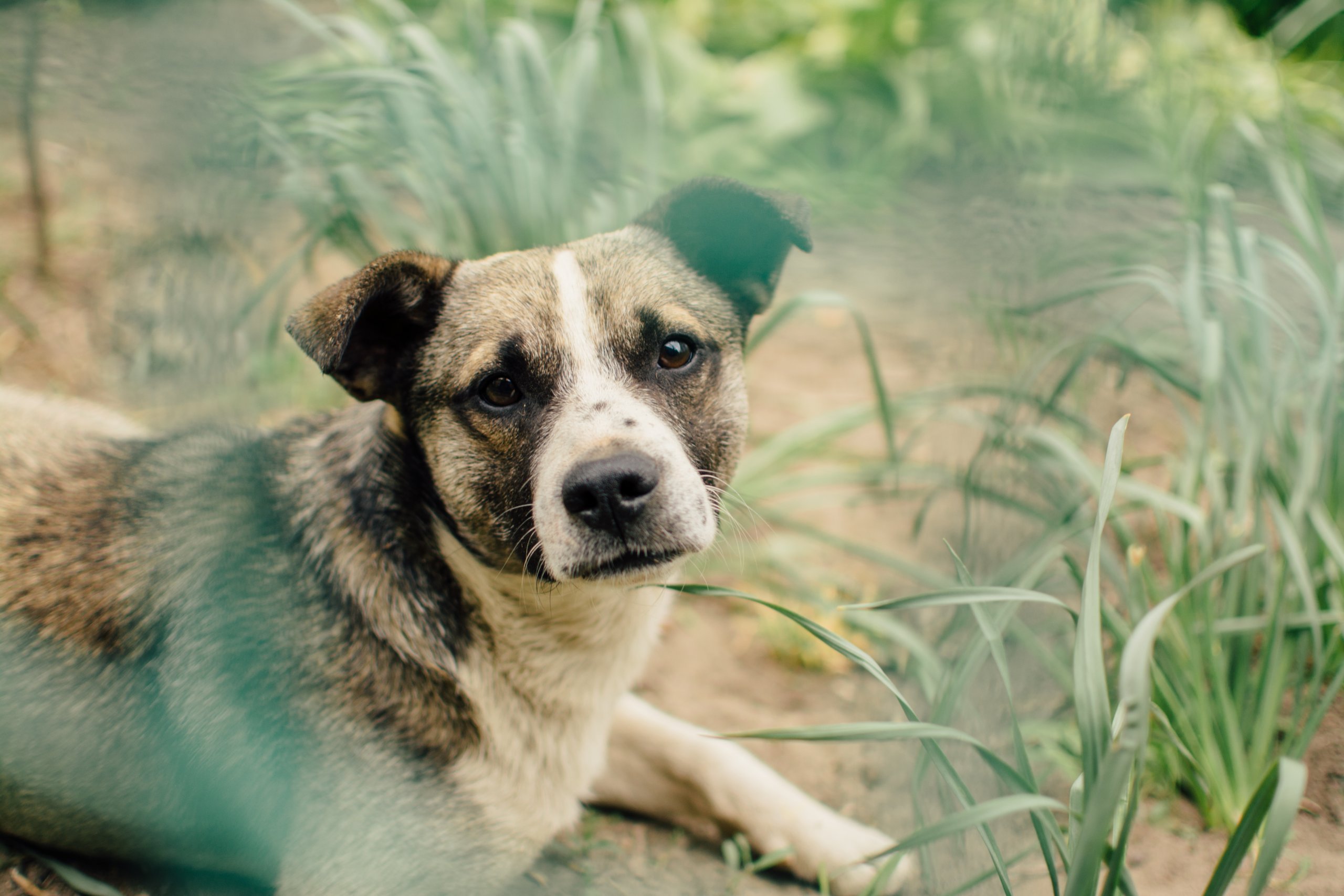
Summertime comes with plenty of fun, and we all love tagging our furry friends along during those hot summer days. Unfortunately, this intense heat can cause your pets to overheat or even suffer a heatstroke. Unlike humans, dogs have a higher body temperature and less ability to cool down. This is because they have fewer sweat glands that are only confined to the nose and foot pads. A dog that is overheating can only regulate body temperature through panting which is highly inefficient during hot weather.
What are the key signs that your dog is overheating?
1. Excessive Panting. One of the first signs you will see when your dog is getting too hot is excessive panting. So how do you tell the difference between normal and excessive panting? If your dog is breathing as if they are from an intense run, yet they are just taking a stroll then most likely they are overheating.
2. Excessive Drooling. Some dogs drool more than others. However, you should be alarmed by excessive and abnormal drooling when the temperature is hot. The thicker and stickier saliva helps the dog dissipate heat more efficiently when panting.
3. Fast and Irregular Heartbeat. In normal temperatures, a healthy dog has a slower heart rate. However, when it’s hot dogs dissipate heat through vasodilation. A fast heartbeat means that your dog is pumping overheated blood away from the vital organs to the extremities.
4. Rapid Breathing. Your dog may switch from excessive panting to deep, noisy and rapid breathing. This indicates that they are trying to get oxygen into their system for cooling relief from overheating.
5. Lethargic Behavior. Excessive heat can cause lethargy in pets. You may notice your dog napping more or having trouble standing up and walking.
6. Disorientation. In addition to lethargy, your pet may stumble when walking or be unaware of their surroundings and may for instance bump into furniture.
7. Vomiting/Diarrhea. Overheating can cause severe dehydration. This, in turn, causes gastrointestinal upset resulting in severe diarrhea and vomiting that may also have traces of blood.
8. Collapse. Intense overheating may cause your dog to collapse, and there may be other signs of neurological distress such as convulsions. At this level, it’s an emergency, and you should call an ambulance to get your pet to the Vet.
How do you prevent your pet from overheating?
• Never leave your dog inside a parked car.
• Ensure there are shady spots on your compound for your dog.
• Avoid walking your dog when temperatures are too high.
• Ensure your dog always has enough water.
• Keep your house cool.
How do you treat overheating?
1. Immediately take your dog to a cooler area.
2. Wet your pet with cool water, but not cold water since rapid cooling can be dangerous.
3. Place your pet in front of a fan to dry off. Check their temperature every few minutes, and if you have a pet thermometer, you can use it. Once the temperature gets to 103 degrees (F) stop wetting and fanning them.
4. As your pet continues to cool give them cool (not cold or ice) water to drink.
Remember overheating, and heatstroke is life-threatening. So even if your dog is recovering okay, you need to get them to your veterinary doctor for monitoring and treatment.
